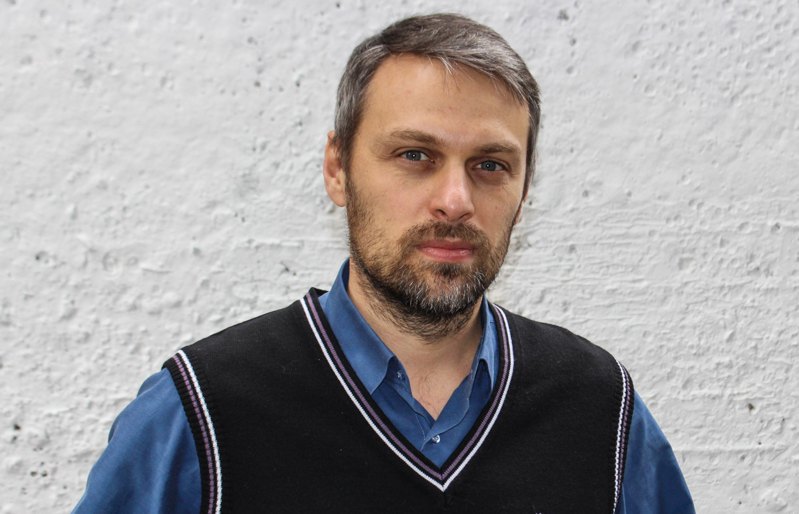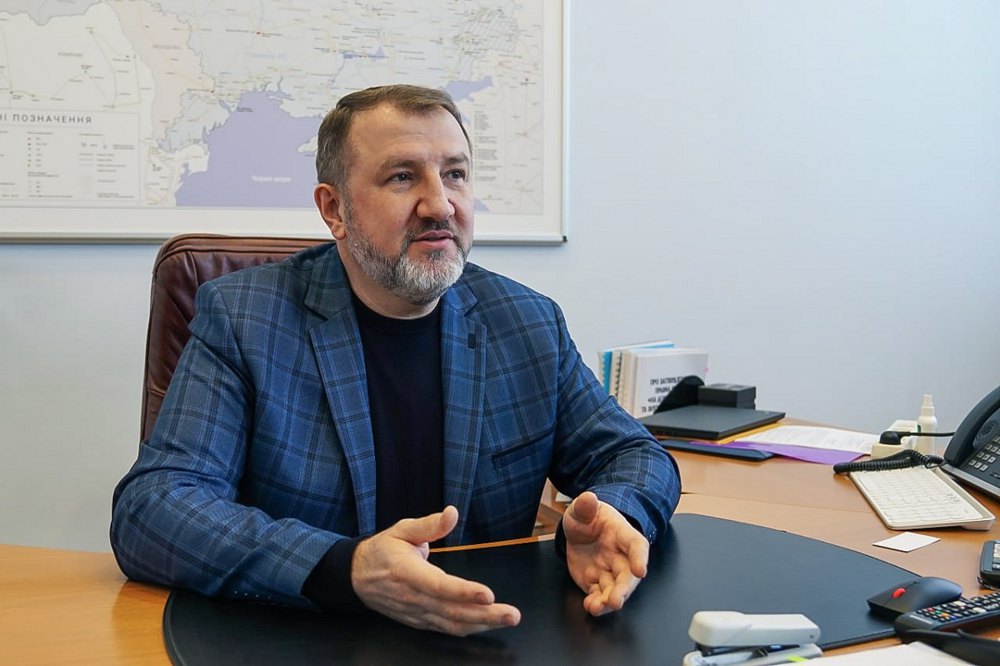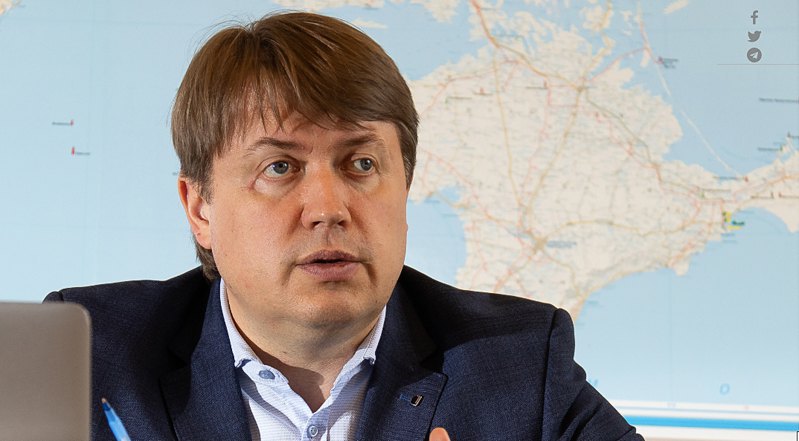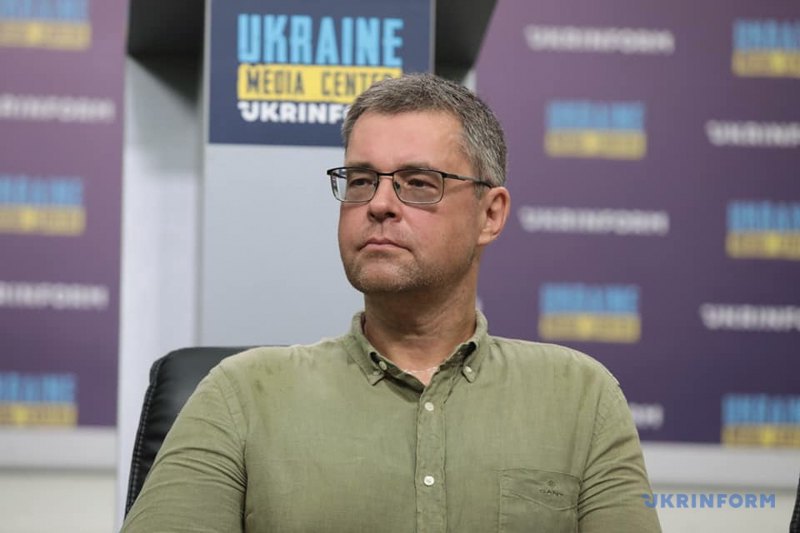
How will synchronisation help Ukraine get through the winter?
Ukraine's power grid has fully synchronised with the European grid, meeting all technical requirements. The European Network of Transmission System Operators for Electricity noted that this enhances the security of the entire region. It also contributes to the efficient operation of the continent's market.
"A decision has been made that will allow Ukraine to import up to 1,700 MW of electricity from Europe. This is an additional 500 MW that will help us cover a possible shortfall in winter," said Prime Minister of Ukraine Denys Shmyhal.
Ukraine will be able to import 1,700 MW from the EU as early as December. For us, increasing the volume is a very important step. The more severe the frosts, the more often the country experiences electricity shortages. In fact, this situation has been repeated in recent weeks. Under such conditions, Ukraine is forced to borrow from abroad, import some, and sometimes ask for emergency assistance.
"This is an important figure. If you look at the situation in January or February, for example, imports reached 500-600 MW on some days. And, in fact, even a few weeks ago, in November, when Ukrenergo requested emergency assistance from the EU, [consumption] reached about 500 MW at some hours," explained Andrian Prokip, an energy expert at the Ukrainian Institute for the Future.

Ukrenergo has done a huge amount of homework. For the final synchronisation, the European operator prescribed more than 200 requirements for technical processes: frequency, power, grid reserves, cross-border flows, emergency actions, etc. In other words, the ENTSO wanted to make sure that Ukraine was reliable. And we managed to prove it, even despite the war.
"ENTSO-E's decision is the best answer to the question about the Soviet technical background of the Ukrainian power system, which allegedly makes it different from the European one. It also puts an end to the question of whether our country's power system meets European energy standards for good," said Ukrenergo board chairman Volodymyr Kudrytskyy.
Grid interconnection: the process was accelerated, but there were many requirements
Ukraine has been partially connected to the European grid since 2002. Back then, the Burshtyn Energy Island, a separate territory covering parts of Ivano-Frankivsk and Lviv regions, as well as Transcarpathian Region, became operational. Electricity was exported from this energy island to the EU. The rest of Ukraine was connected to Russia, Belarus and Moldova by power grids. And in case of an electricity shortage, it could only rely on them.
2017 can be called one of the key years for the synchronisation of the Ukrainian and EU grids. Ukrenergo and ENTSO-E signed an agreement specifying all the details of the future connection of the power systems.
"And among the integral parts of this agreement was the Catalogue of Measures. These are the technical conditions that the Ukrainian power system had to fulfil in order to fully synchronise. And since then, Ukrenergo and many other participants in the power system have been implementing these measures step by step. We have been testing the operation of TPPs, NPPs, and other plants. We unified various technical documentation, protocols, and so on. In fact, this synchronisation was planned for 2023," explained DiXi Group Deputy Research Director Bohdan Serebrennikov.

However, everything changed on 24 February 2022. It was on the first day of the full-scale Russian invasion that the Ukrainian grid went into isolation mode. That is, Ukraine had to work for three days in a row without any help from other countries. This process was to be repeated again in the summer, in July. This would have finally opened the way to synchronising the power grid with continental Europe. This would have meant disconnecting from Russia and Belarus.
So, at midnight on 24 February 2022, the Ukrainian power grid switched to an isolated mode of operation. A few hours later, Russia fired dozens of missiles at Ukraine, and the invading troops began to break through the border. Instead of three days, the grid operated in isolation for three weeks, and this was a truly unique phenomenon. We have already disconnected from Russia and Belarus, but we have not yet joined the European network. And all this in the midst of a major war. Eventually, at the end of February last year, the Council of the European Union gave the go-ahead for an emergency synchronisation of the networks. But it didn't happen until 16 March. By the way, Moldova joined the continental European grid along with Ukraine at that time.
"Ukraine appealed to the EU in February 2022 to simply join the EU in an accelerated mode and synchronise ourselves. We started to increase the permitted volumes of electricity imports and exports little by little. So synchronisation is a rather long story. In total, the whole process probably took 20 years," said Andrian Prokip.
That is, the last two war years have been key to the progress. Last year, the grids were physically connected, which has helped our country in critical situations more than once. And now the process is finally complete – the country has fulfilled all the conditions.

"Synchronisation can be compared to energy visa-free travel, and the future permanent membership of NPC Ukrenergo in ENTSO-E can be compared to EU membership. This is not an exaggeration at all, but, in my opinion, a direct analogy. Because we are, in fact, already working with the European power grid as a single organism, the relations between the power systems of Ukraine and its neighbours are built on the basis of generally accepted European rules," said Yuriy Boyko, an advisor to the prime minister of Ukraine.
EU energy membership: the issue is almost settled
The European Network of Transmission System Operators for Electricity includes 39 members, not only EU members but also, for example, Norway and Switzerland. Ukraine is still an observer in this organisation without the right to vote.
"The number of votes of each system operator is proportional to the number of consumers it serves. Since we are a large country and have a large number of consumers, our number of votes will be on a par with countries such as France and Germany. Ukraine will be directly involved in the development of the European energy system, roughly speaking," said Andrian Prokip.
By the end of the year, Ukrenergo is to become a full-fledged member of the European Network of Operators. But this is not the end of the process of energy integration into the EU. The rules of the game in the energy market remain a major and still unresolved problem for Ukraine. It has not yet become fully operational. Most importantly, Ukraine has not adjusted the cost of electricity for households and, accordingly, preferences. The tariff remains unprofitable and costs the state more than UAH 100 billion a year.

The issue of price caps – the maximum ceiling prices for electricity in the wholesale market – has not been resolved either. On the one hand, these restrictions artificially maintain price stability. On the other hand, they significantly limit the financial resources of electricity producers. Price caps also mean that companies often have no commercial interest in buying electricity from the EU. Under these conditions, this may be one of the reasons why Ukraine attracts much more expensive emergency aid rather than buys electricity as part of regular imports.
"The National Energy and Utilities Regulatory Commission has recently taken a step: for the second time in recent times, it has raised price lists. But this is still not enough, especially if I look at prices on the EU spot markets. And prices there are often higher than the current price lists. As the situation stands now, we are gradually moving towards harmonising prices with the markets of Eastern Europe, but this will not be enough to ensure imports during the hours of maximum power consumption in the power system when we need them most. This is also to avoid consumer outages," said Bohdan Serebrennikov.
The beginning of winter: shortages, emergency aid, no massive shelling
Since the end of November, Ukraine has been experiencing periodic electricity shortages. There are several reasons for this. The first is the cold weather. For example, on Thursday, 7 December, Ukraine again asked for emergency assistance from three countries at once – Poland, Slovakia and Romania. And it had to do so not only during peak consumption times, but also throughout the day – from 11:00 to 19:00. Ukrenergo once again asked Ukrainians to save: "Consume electricity sparingly throughout the day. To do this, you just need to: switch off unnecessary lights in the premises, do not switch on several powerful appliances at once. If the air temperature in the room is comfortable, switch off air conditioners and heaters, and unplug chargers if they have already charged your gadgets. Remember, everyone can help the power system to operate without additional loads."

Another reason for the power shortage was reported by the Ministry of Energy. On Thursday, 7 December, Russians attacked a thermal power plant in the frontline area. The enemy damaged equipment as a result of artillery fire. Two units of the plant stopped working. The ministry did not specify how long it would take to repair the damage.
We shouldn't forget about other things, such as the wear-and-tear of equipment and the shortage of power generation capacity. There are problems with coal reserves, the main fuel for thermal power plants.
"September and October were expected to be quite warm, but during this period, TPPs did not accumulate coal but used it up, which is why we did not meet the coal accumulation plan at the beginning of the winter period. Obviously, there may not be enough coal to operate the required mix of generating equipment until the end of the winter months. The question arises as to whether there is enough backup fuel, which is gas. So far, yes. But it is difficult to say what the answer to this question will be at the end of January. Depending on the weather, how actively gas will be withdrawn, what is in the storage facilities in the customs warehouse mode, in what volumes and whether electricity will be imported into the grid at all, the state of the power system operation – this is not a complete list of factors that will have a serious impact on the situation," explained Yuriy Boyko.
However, despite the difficult situation, no region has applied blackout schedules for households. The deficit is being covered by electricity imports and emergency assistance.

"Of course, we still face the risk of rocket attacks, and all sorts of Shaheds can attack our power system. But our European partners have also helped us here. We have significantly improved our air defence. I think we are ready for the winter and will work to ensure that all Ukrainians have light and warmth," said Andriy Herus, chairman of the parliamentary committee on energy.
The operation of Ukraine's air defence system also adds to the optimism, the Energy Research Centre notes. For example, during a massive drone attack on 25 November, Ukrainian air defence shot down 74 out of 75 Shaheds.
At the same time, for the first time in almost 80 days of pause, Russia again launched missiles from Tu-95 bombers at Ukraine. It happened on the morning of 8 December. Most of the missiles – 14 out of 19 – were shot down by the air defence. The Russians targeted infrastructure facilities in several regions.

"The goals set by Moscow terrorists have not been achieved in principle. There was some damage that was repaired in just a few hours. Both the air defence system and the physical defence and the measures taken by the power sector proved to be effective. The situation is under control, and it confirms that we have been doing the right thing and preparing the power system properly," summed up Oleksandr Kharchenko, director of the Energy Industry Research Centre.







